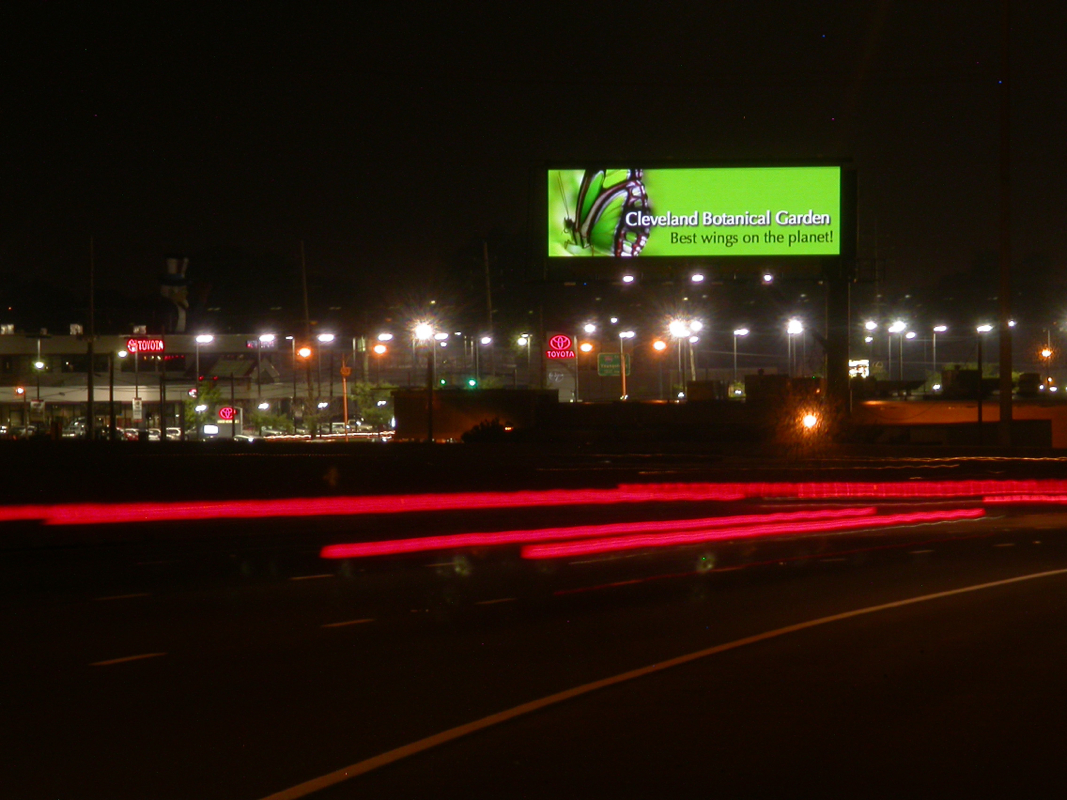"This study validates what is common sense when it comes to digital billboards," said Mary Tracy, president of Scenic America, a national nonprofit group that seeks to limit billboards. "Bright, constantly changing signs on the side of the road are meant to attract and keep the attention of drivers, and this study confirms that is exactly what they do."
The report was presented to a national transportation conference in Washington, D.C. Last month a three-judge panel ordered the removal of 100 digital billboards in Los Angeles, and Denver has banned them. Currently 39 states allow digital billboards.
"We would need to review more research, so it's premature to call for a ban," said Jonathan Adkins, executive director of the Governors Highway Safety Association. "There is a role for digital messaging such as that employed by states to convey Amber Alerts and other safety messages."
There are more than 1,800 digital billboards nationwide, more than double the number in 2007. While there is no solid data that indicates an increase in accidents caused by the Bay Area signs, many drivers are opposed to them.
"The brightness is by far too bright for at night," says insurance agent David Whitlock. "When the advertisement switches from a brighter color to a darker color, your eyes cannot adjust fast enough and you end up losing vision of the roadway."

 RSS Feed
RSS Feed